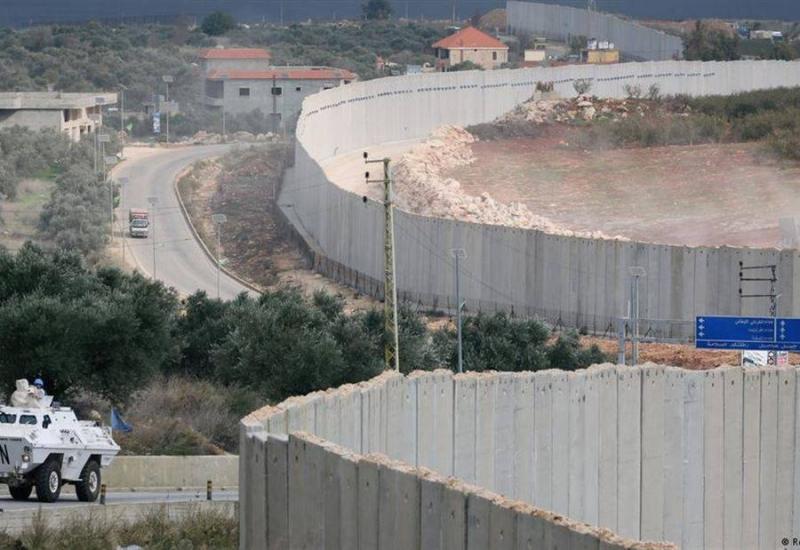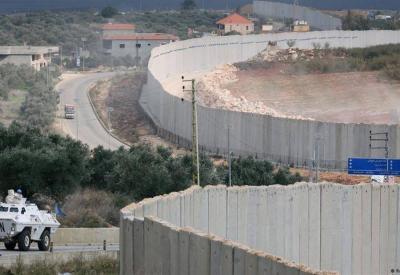Discussions and assessments regarding the potential expansion of the ongoing war in Gaza, following the attack carried out by Hamas on Israel last Saturday, are receiving special coverage from American media and research centers. While some believe that what has occurred so far on Israel's northern front has not exceeded what is known as "rules of engagement," established after the July 2006 war between Israel and Hezbollah, and further reinforced by the so-called policy of "mutual deterrence" following the historic agreement on maritime border demarcation between Lebanon and Israel, others argue that the likelihood of slipping into an open confrontation remains significantly high.
### "Daesh-ification" of Iranian Militias
Notably, Iranian tensions are evident over the possibility that U.S. and Western alignment behind Israel could make it and its armed militias in the region the second target, after Hamas, through attempts to "daesh-ify" its militias, delivering a severe blow to them, thereby changing the game in the region, amid a clear weakness of major international powers like China and Russia to influence unfolding events. Some interpret Iranian Foreign Minister Hossein Amir Abdollahian's visit to countries Tehran refers to as the "Axis of Resistance" as a reflection of this concern, despite his warnings and call for Washington to rein in Israel "if it wants to avoid a regional war," while Hezbollah exercises strict discipline to avoid breaching "rules of engagement."
This interpretation is bolstered by the tense language of Iranian Supreme Leader Ali Khamenei denying any involvement of Tehran in the decision to attack carried out by Mohammed Deif, the commander of the Izz ad-Din al-Qassam Brigades, against Israel, and by the phone call made by Iranian President Ebrahim Raisi to Saudi Crown Prince Mohammed bin Salman. However, Paul Salem, president of the Middle East Institute in Washington, states that Iran's denial of its involvement in the attack is principled to avoid being directly accused of responsibility, but at the same time, Abdollahian's visit might be heading in the opposite direction. He adds in an interview with Asharq Al-Awsat that the greatest danger, as Abdollahian stated, comes from another front and could arise from Syria, where we have seen Israeli strikes on Damascus and Aleppo airports in recent hours. However, despite Hezbollah's presence in Syria, the Syrian front does not match the strength of the Lebanese front and Iran could use it without breaching the rules of engagement.
### Intelligence Analysis and Historic Engagement Patterns
The Washington Post reported in an article that a confidential U.S. intelligence document indicates "a widespread attack by Hezbollah is unlikely." U.S. intelligence analysts believe that since the beginning of this year, there has been a predictable balance, albeit still violent, between Israel and Hezbollah, which reduces the risk of a large-scale war this year. These assumptions are currently being tested following Hamas's attack, which caught Israeli and American officials almost entirely by surprise. According to a leaked document from the Discord chat platform, both Israel and Hezbollah have taken steps "to maintain readiness" to use force but remained "within historical engagement patterns," meaning they avoided casualties and responded to provocations in a proportional manner. According to the U.S. analysis, "even during rising tensions, Israel and Hezbollah intended to 'show force while avoiding escalation.'"
For example, the document clarifies that Israel might execute sabotage operations in Lebanon or fire at empty land, while Hezbollah could down an Israeli drone or launch rockets at northern parts of the country. These actions are provocative but designed to avoid casualties. Each side can demonstrate to the other that it is prepared and capable of striking without igniting a wider outbreak of hostilities. However, the analysis indicates other factors that could upset this balance, including Hezbollah's inability to rein in Palestinian militants like Hamas, who also operate in Lebanon.
Salem states that the war will yield, in the coming weeks, if not months, a different landscape, especially since the Israeli army is conducting its operations step by step and enjoys American and Western support that does not rush it. If Israel gains the upper hand in this war, it would mean the downfall of Hamas and its disappearance from the scene. This would be an unacceptable outcome for Iran and Hezbollah, at which point they might make a strategic decision to open a second front to prevent Hamas's loss. Israel currently has no interest in opening a second front, but Iran might have an interest in it, though not at this stage, except for sending fiery messages as seen occasionally along the Lebanese-Israeli border.
Matthew Levitt, a fellow at the Washington Institute for Near East Policy, states, "I believe many people have made assumptions about the extent of deterrence of Hamas and Hezbollah." While he broadly agrees with the U.S. intelligence assessment, Levitt suggests that Hezbollah is likely to benefit from the war in the south, which has consumed much of the Israeli military's attention. He said, "I see Hezbollah gradually trying to change the rules of the game, and I expect small events to happen along the northern border from time to time, where Hezbollah tries to remind others of its presence."
With shifts in the rhetoric of Hezbollah leaders, asserting that they are not neutral in this battle and are ready "whenever the time for action comes," such provocations carry the risk of escalation, particularly if Hezbollah executes limited strikes that ultimately result in Israeli military or civilian casualties, according to U.S. intelligence analysis. Levitt noted, "The risk of miscalculation is exceptionally high."




